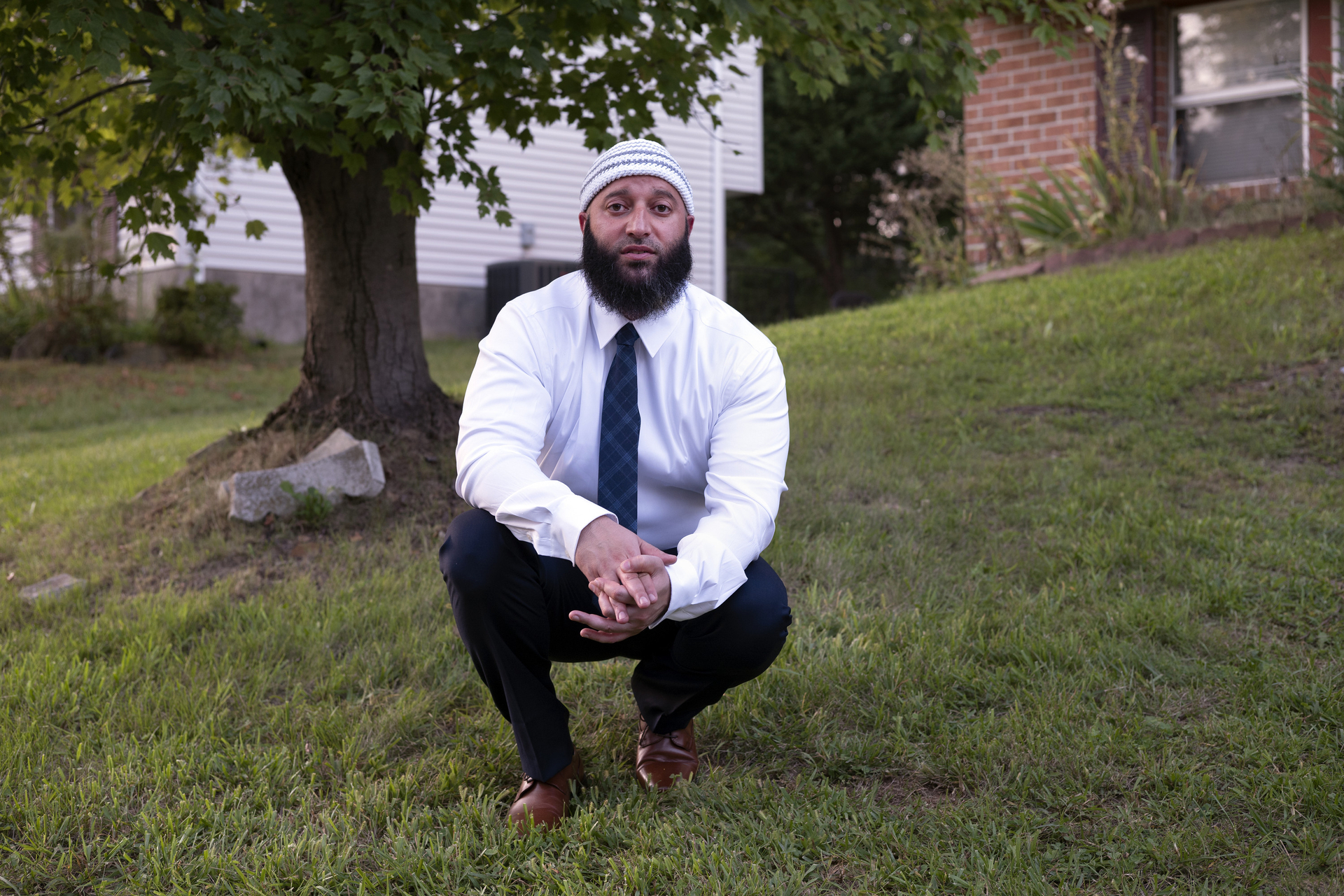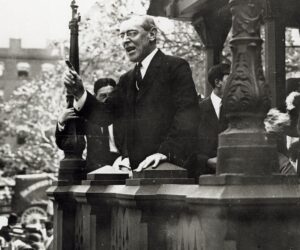Days after publicly floating the idea, President Donald Trump on Friday backed off giving powerful long-range weapons to Ukraine, telling reporters and President Volodymyr Zelensky that he had concerns about depleting the US supply.
Trump made the comments during a White House meeting in which Zelensky was hoping to get the full-throated fanfare of Trump announcing increased military assistance on the heels of Trump’s success in reaching a cease-fire between Israel and Hamas.
As reporters asked the two leaders questions, the public saw Zelensky openly negotiating with Trump, offering to help the U.S. produce more armed drones in exchange for powerful Tomahawk missiles capable of striking deep inside Russia.
“We’d much rather not need Tomahawks. We’d much rather get the war over,” Trump said, sitting across the table from Zelensky. “It could mean a big escalation. It could mean a lot of bad things could happen.”
Trump originally suggested selling the missiles to Ukraine on Monday, while en route to Israel. After a Thursday night phone call with President Vladimir Putin of Russia, Trump sounded more hesitant to give Ukraine more powerful weapons to counter Russia’s ongoing invasion. Trump intends to meet Putin in Hungary in the coming weeks.
Trump is growing increasingly frustrated at Putin’s unwillingness to discuss American ceasefire proposals. His August summit with Putin in Alaska didn’t lead to a breakthrough. More recently, Trump had indicated he was open to giving Ukraine U.S. Tomahawk cruise missiles that can reach deep into Russian territory. But he dialed that expectation back on Thursday after his call with Putin.
Ukraine’s military has wanted to add Tomahawk missiles to their arsenal as a way to counter Russia’s ability to strike deep inside Ukrainian territory. The sophisticated American weapons could hit targets in Moscow or St. Petersburg, Russia’s two major cities. During his visit in Washington, Zelensky also met with U.S. defense contractors Lockheed Martin and Raytheon to discuss Ukraine buying air defense systems, missiles and fighter jets. Such purchases would have to be approved by the U.S.
Zelensky is hoping additional firepower would give Ukraine more leverage on the battlefield and convince Putin to come to the negotiating table.
Unlike Zelensky’s previous two visits to the White House this year, there was no Oval Office meeting with Trump on Friday. Instead, reporters were brought in at the beginning of a lunch between the two leaders in the Cabinet Room. Trump called Zelensky a “very strong leader” and a “man who has been through a lot.” Trump said the two of them “have gotten along really very well.”
It’s taken time for Zelensky to establish a working rapport with Trump, who often spoke dismissively of Ukraine on the campaign trail. Their meeting in February devolved into a shouting match with Vice President J.D. Vance accusing Zelensky of being insufficiently grateful for U.S. support and Trump telling Zelensky he didn’t have “the cards” to negotiate. In the months since that heated exchange, Trump has reversed course and suggested he believes Zelensky can hold off Russia.
Trump and Putin spoke on the phone Thursday for more than two hours. Asked on Thursday what he told Putin on the call, Trump said: “I did actually say: ‘Would you mind if I gave a couple of thousand Tomahawks to your opposition?’ I did say that to him. I said it just that way.”
“He didn’t like the idea. You have to be a little bit lighthearted sometimes,” Trump said, adding that he would describe his call with Putin to Zelensky when they meet.
Recent polling shows Republicans have increased their support for the US continuing to arm Ukraine’s defense from Russia’s ongoing invasion. Polling conducted by the Chicago Council on Global Affairs found Republican support for sending U.S. military aid to Ukraine increased from 30% in March to 51% in July.
That upward trend of support among Republicans has continued. A Harvard CAPS-Harris poll conducted in early October shows 73% of Republicans and 72% of Democrats support arming Ukraine and sanctioning Russia. The poll of 2,413 voters was conducted on Oct. 1 and Oct. 2 and has a margin of error of 1.99%.
The same also found that Volodymyr Zelensky is widely liked by Americans at the moment. Of major political figures, his favorability ratings in the October Harvard CAPS-Harris poll were only surpassed by two people: Charlie Kirk and Erika Kirk.








